Both bishops and cardinals are leading members of the Catholic Church and hold prominent positions in the governance and administration of the church. For more than 2,000 years Christianity has intimately touched the personal lives of millions of people, whether rich or poor, famous or unknown. The leadership of the communion of churches has shaped the life of the church and the lives of individual Christians. That being said, bishops and cardinals are high-ranking members of the church and ordained clergy members who play crucial roles in the sacramental life of the church.
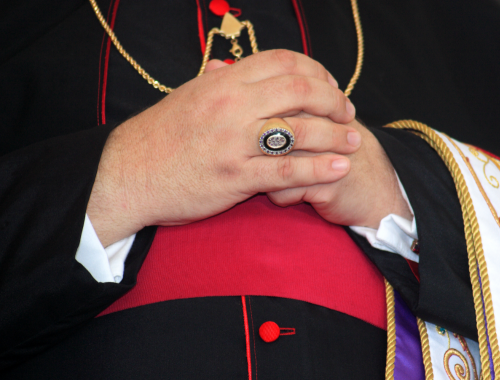
Who is a Bishop?
A bishop is an ordained clergy member and the chief pastor of the church responsible for the leadership and governance of Church dioceses. Bishop is a high-ranking title of an ecclesiastical dignitary who’s in charge of a diocese or other administrative group of local churches within a specific geographical area. The bishop is a chief pastor, minister and teacher of the diocese who’s responsible for maintaining discipline in the diocese and exercising ministry in accordance with law.
The bishop promotes the spiritual well-being and unity of the diocese and is given administrative power, which includes ordaining priests, leading worship services, and giving pastoral care to their communities. He has the authority to preside at the eucharist, administer the sacraments, celebrate ordination and confirmation ceremonies, and execute other liturgical responsibilities.
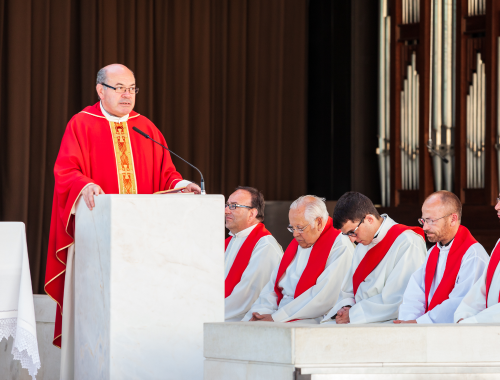
Who is a Cardinal?
A cardinal is a high-ranking clergy member of the Catholic Church who’s appointed by the Pope and is responsible for electing the Pope. A cardinal acts as Pope’s principal counselor and contributes to the governance of the Church. Cardinals serve as bishops of major dioceses and often act as papal envoys. They are advisers to the Pope and form the College of Cardinals, which play a critical role in the election of a new Pope.
Cardinals are typically bishops or archbishops who are assigned to oversee important dioceses or hold positions of influence inside the Vatican. They are personally elected by the Pope and take part in important church events and make decisions on church governance, doctrine, and policies. They are distinctly identified by their red robes and caps with a pectoral cross.
Similarities between Bishops and Cardinals
Episcopal Function
– Both are high-ranking clergy members of the Catholic Church ordained as bishops, albeit not all bishops are cardinals. They are responsible for governing and leading a specific jurisdiction or diocese. Bishops are typically allocated to a certain geographical area, whereas cardinals may be assigned to influential dioceses or have extra responsibilities within the Vatican.
Spiritual Leadership Role
– Both cardinals and bishops promote the spiritual well-being and unity of the diocese, and are entrusted with pastoral care of their particular congregations. They preside over liturgical ceremonies, administer sacraments, and provide moral and religious guidance to their congregations.
Administrative Roles
– Both bishops and cardinals are given administrative power and oversee administrative responsibilities within the church. They oversee church operations, exercise authority over clergy, and take part in important decision-making matters related to doctrine, discipline, and church governance.
Church Governance
– Most cardinals are ordained bishops or archbishops who lead diocese or archdioceses around the world. Bishops attend regional and national conferences, where they contribute to discussions and decision-making on a variety of church matters. Cardinals participate in the election of a new Pope and counsel the Pope on important subjects and issues.
Summary
In a nutshell, bishops and cardinals both share some common responsibilities and duties as active members of the Catholic Church. Cardinals are all ordained bishops or archbishops, but not all bishops are cardinals. Both positions entail spiritual leadership, administrative functions, and active involvement in church governance. Cardinals elect the Pope and counsel the Pope on important matters and issues. Bishops are responsible for the leadership and governance of Church dioceses and performing other liturgical functions as prescribed by the law.
Is cardinal and bishop the same?
While both are high-ranking clergy members of the Catholic Church, bishops and cardinals are not the same. The bishop is the principal minister of the word and sacraments, responsible for ensuring the worthiness of public worship, and have the authority to administer the sacraments and perform other liturgical duties within the law.
How could you recognize a bishop as a cardinal?
You can tell Cardinals apart by their distinctive red robes called cassocks. Bishops typically wear more traditional bishop attire, which includes a mitre (headdress) and a crosier (shepherd’s crook).
What is the difference between a cardinal priest and a bishop?
A bishop is the chief pastor of the church responsible for the leadership and governance of Church dioceses; cardinals are bishops of major dioceses and often act as papal envoys; and priests basically serve as bishops’ assistants.
Are bishops and popes similar or different?
The Pope is the head of the Catholic Church whereas the bishop is an ordained clergy member who leads and oversees a diocese and the local church communities. So, bishops and popes are very different.
Who is more powerful cardinal or bishop?
While both hold significant authority, Cardinals act as counselors to the Pope and members of the College of Cardinals, and thus have a higher level of authority and influence. Bishops are given administrative responsibilities which would include ordaining priests, leading worship services, and giving pastoral care to their communities.
Why bishops are called cardinals?
Cardinal is a separate designation within the Catholic Church. However, many cardinals are bishops or archbishops. But not all bishops are called cardinals. Cardinals serve as advisors and participate in the election of a new Pope.



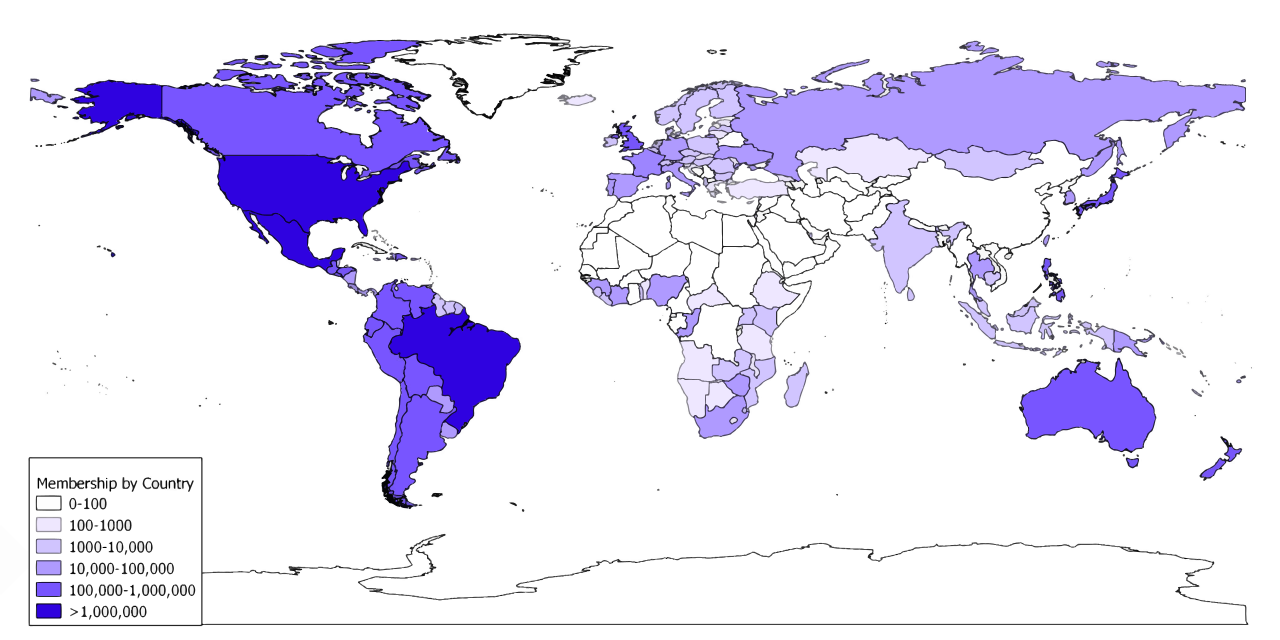
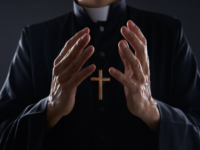
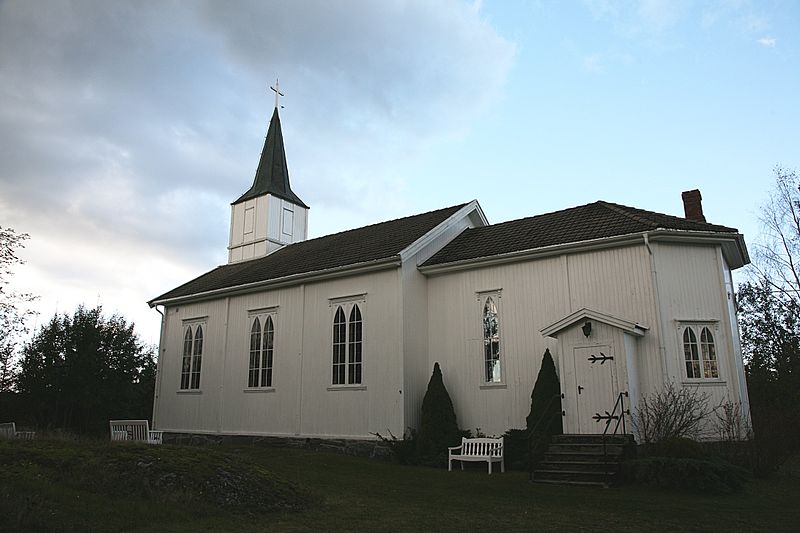
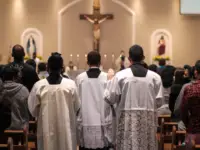





Leave a Reply